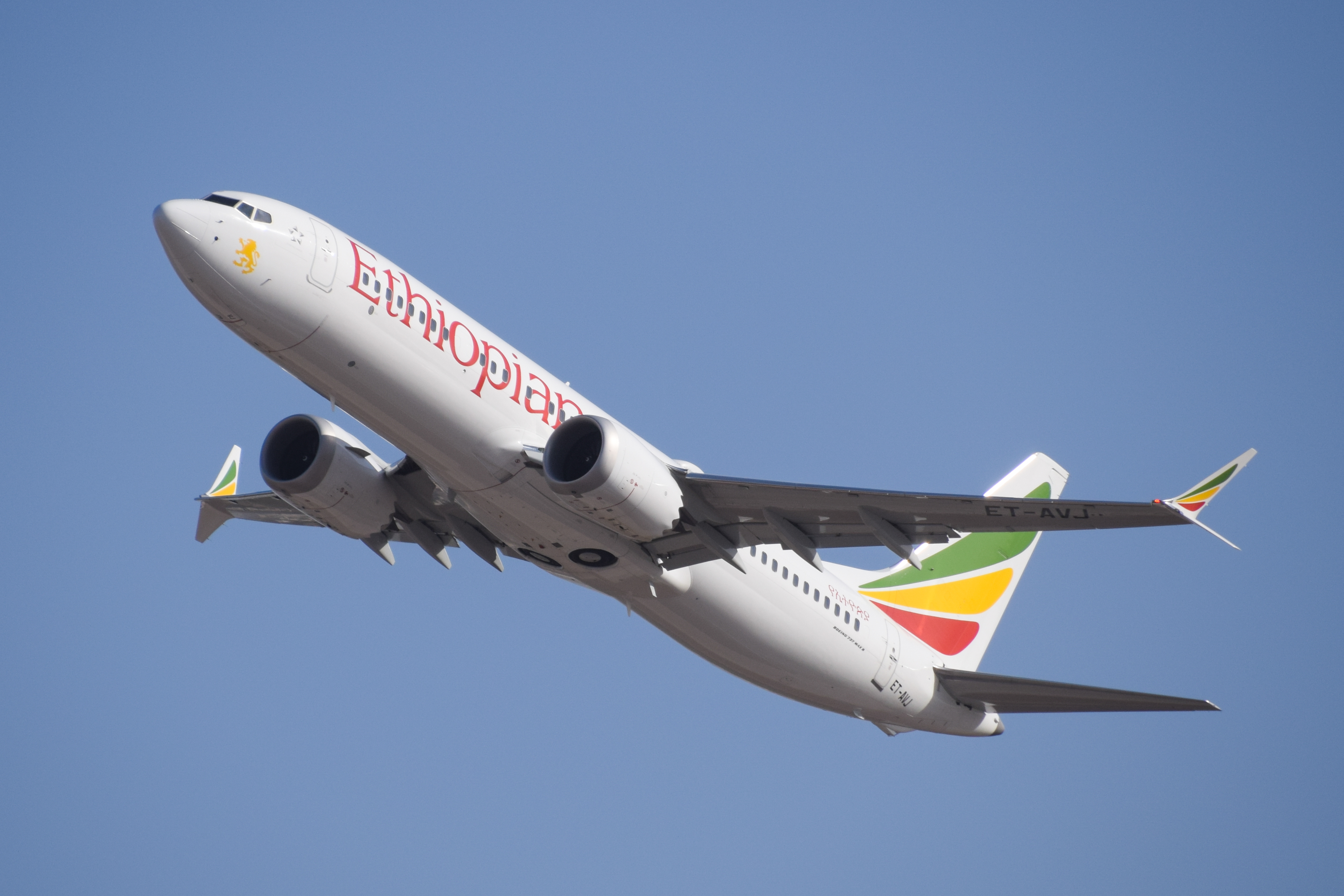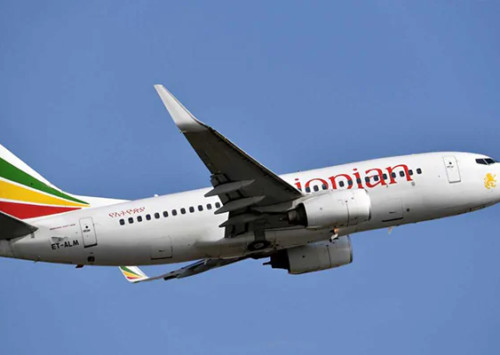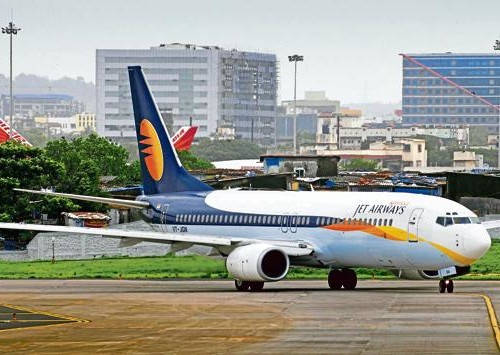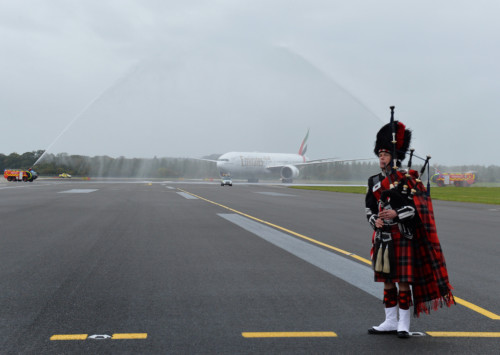Boeing 737 Max: Challenging times ahead

The recent Ethiopian Airlines’ crash has brought into focus the need to check the safety of the technology
Last month’s crash of Ethiopian Airlines’ Boeing 737 Max aircraft brings the focus back on the safety of technologies in today’s fly-by-wire aircraft.
Over three dozen nations either ordered grounding of Boeing 737 Max aircraft or banned the aircraft from their airspace, within a few days after the Ethiopian Airlines’ crash. Even though initially the United States Federal Aviation Authority resisted the pressure to join them, it was forced to ban the aircraft, leading to a global grounding of the latest member of the Boeing family. Even though Boeing has announced that it has found the bug in its software that could have led to the crash, the ban is likely to stay in place until more details about the reason behind the crash emerge.
The ban came as this was the second crash of the same model within five months and without any clear external factors such as weather or fire. As was the case with Lion Air crash in November, initial indications point to the onboard sensors going haywire. Both the aircrafts climbed and descended several times soon after take-off and all the while accelerating and in Lion Air’s case, after a dozen see-saw moves, it finally plunged into the sea after a 12-minute flight. Data from flight websites show that the Ethiopian aircraft had the same issues during the few minutes that it stayed in the skies. In both the cases, the pilots, unable to master the haywire plane, asked to and were allowed to return, but neither made it on time.
The ban is a huge challenge for Boeing. The Max is the most advanced version of its workhorse, 737, which has been the best seller of all times and it has nearly 5000 orders for Max, with dozens of airlines across the world already having taken the deliveries. Boeing is betting huge on this plane and no wonder since the latest crash, Boeing shares lost over 12 pc on the stock markets in the aftermath of the crash and the ban.
Boeing quickly took the plane back to the drawing board and identify the errors or bugs, believed to be in its sensors controlling the angle of attack or the direction of the nose of the aircraft, whether it is pointing upwards or down as it decides whether the aircraft climbs or descends. This is not the first time that Boeing is having troubles with a newly launched aircraft. Boeing’s new long haul aircraft, the Dreamliner, also had several issues when it was put into service about six years ago. The Dreamliner’s lithium batteries were prone to overheating and catching fire and this led to grounding of the aircraft across the world and also delayed the subsequent deliveries by several months, costing Boeing (or rather its insurers) hundreds of millions of dollars as customer airlines demanded compensation for grounded planes as well as delayed deliveries.
After over four months of re-engineering, Boeing managed to fix the problem and the Dreamliner has become the favoured long-haul plane with its high fuel efficiency, low noise and modern design.
Boeing is not alone in facing issues with new launches. Its European rival, Airbus, also has had a series of troubles with the Airbus 320 neo, an aircraft comparable to Max on most parameters. An upgrade of the 320 family, which has been the best seller for Airbus, neo was launched only two years ago, after several missed deadlines. Yet, the launch was jinxed as many airlines were forced to ground the aircraft for several weeks due to engine troubles, with many pilots reporting mid-air shutdown of the engines and some also reported smoke or fire in the engines.
Over the last four decades, airplanes have become extremely hi-tech gadgets, with thousands of sensors, cables and electronic chips in each plane. Most of the technology is welcome as it is meant to enhance the safety of the plane as well as reduce the burden on the pilots by taking over most of the basic functions once the plane has reached its cruising altitude.
But as the plane makers go for newer and better technology, they find themselves racing against time as they need to develop and deliver the aircraft at the earliest to keep the business profitable. However, in practically all the cases, the planes miss their deadlines by years, with additional costs exceeding the budgets. This, combined with fierce competition between the two main aircraft makers, has led to the aircraft being delivered, with the customer airlines left to detect and report back problems. In practically none of the cases where a new aircraft entered the service, has it been without technology-related problems.
Technology integration is also meant to ease the load on the pilots and make the aircraft safer. But over-reliance on technology could also make today’s pilots less sure of what to do if something goes wrong with the onboard computers or any other mechanical failure during the flight. In case of an incident, due to lack of experience, pilots do end up making errors that worsen the situation than help them. Airlines and aircraft makers could partly address this issue with reinforced and repeated training to ensure that the pilots remain abreast and are better prepared to handle such emergencies.
Though most of the problems have identified quickly enough to prevent major calamities, yet there have been incidents such as the Lion Air crash that have taken hundreds of lives. Both Boeing and Airbus need to ensure that their planes do not enter active service until all the aspects of a plane have been checked and doubly rechecked. None of these will guarantee that there will be no more crashes or tech mishaps and yes, it will lead to additional costs and delays, but both the companies have been extremely profitable for decades and it is time that they invested more in ensuring that the passengers and crew don’t pay the ultimate price for keeping their shareholders happy.













